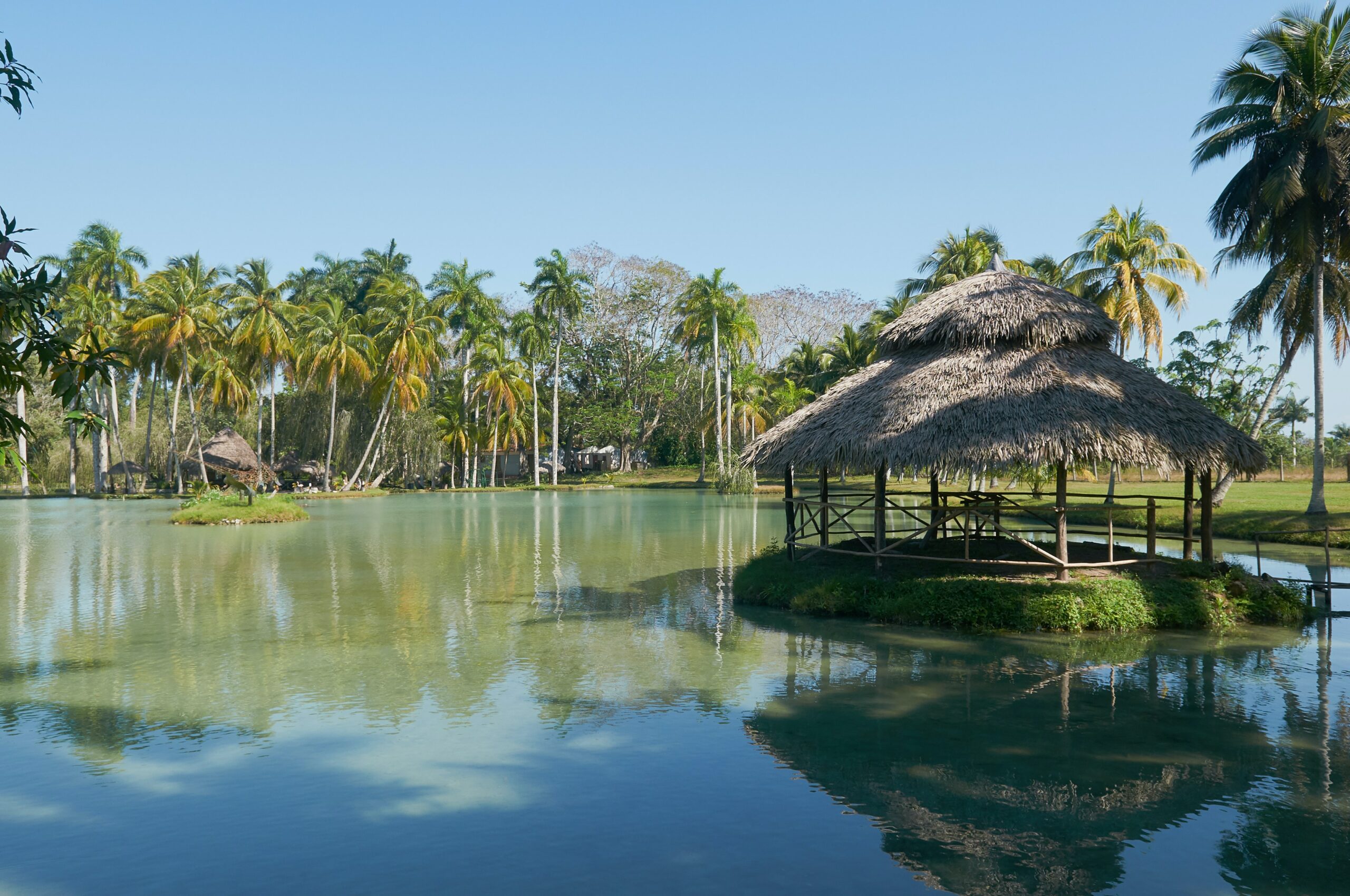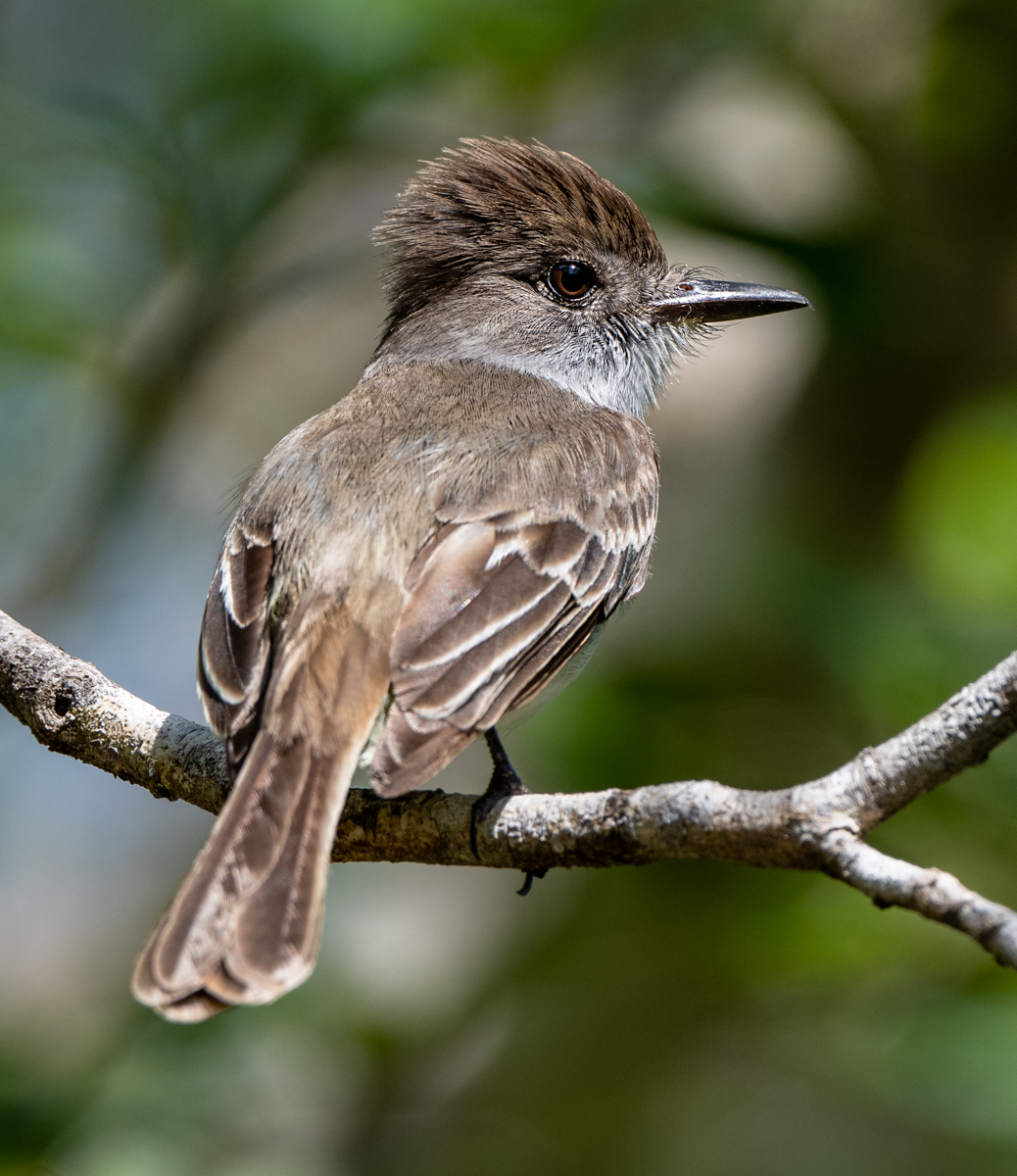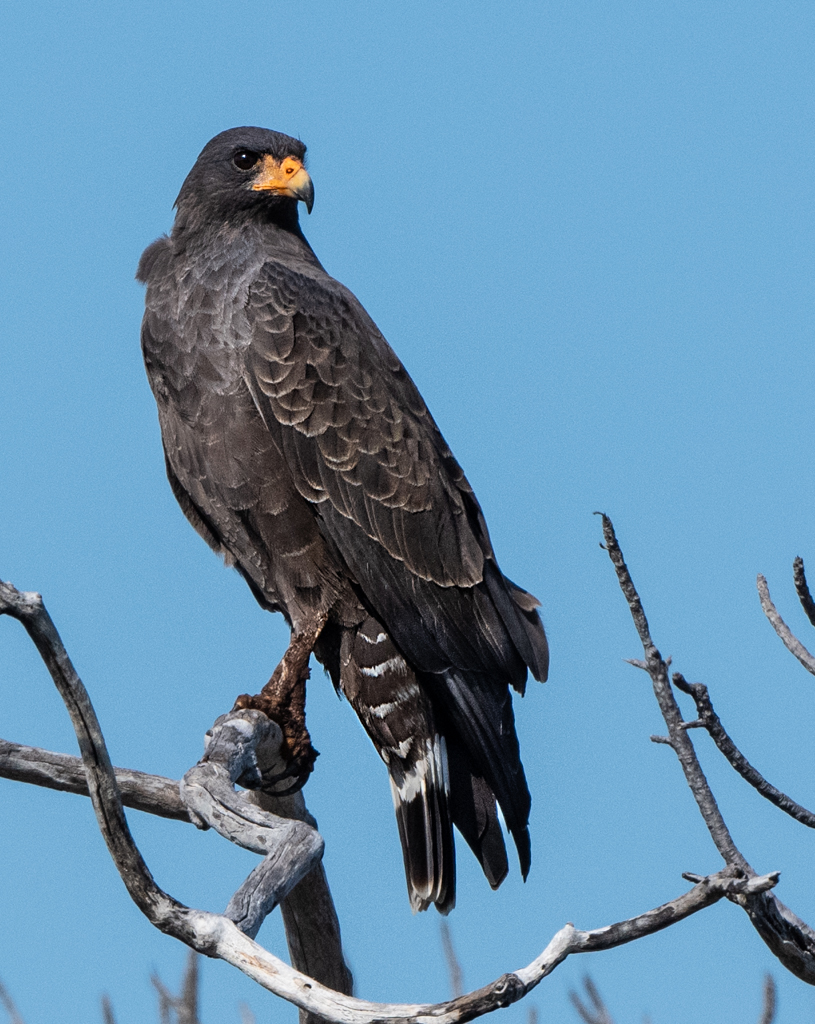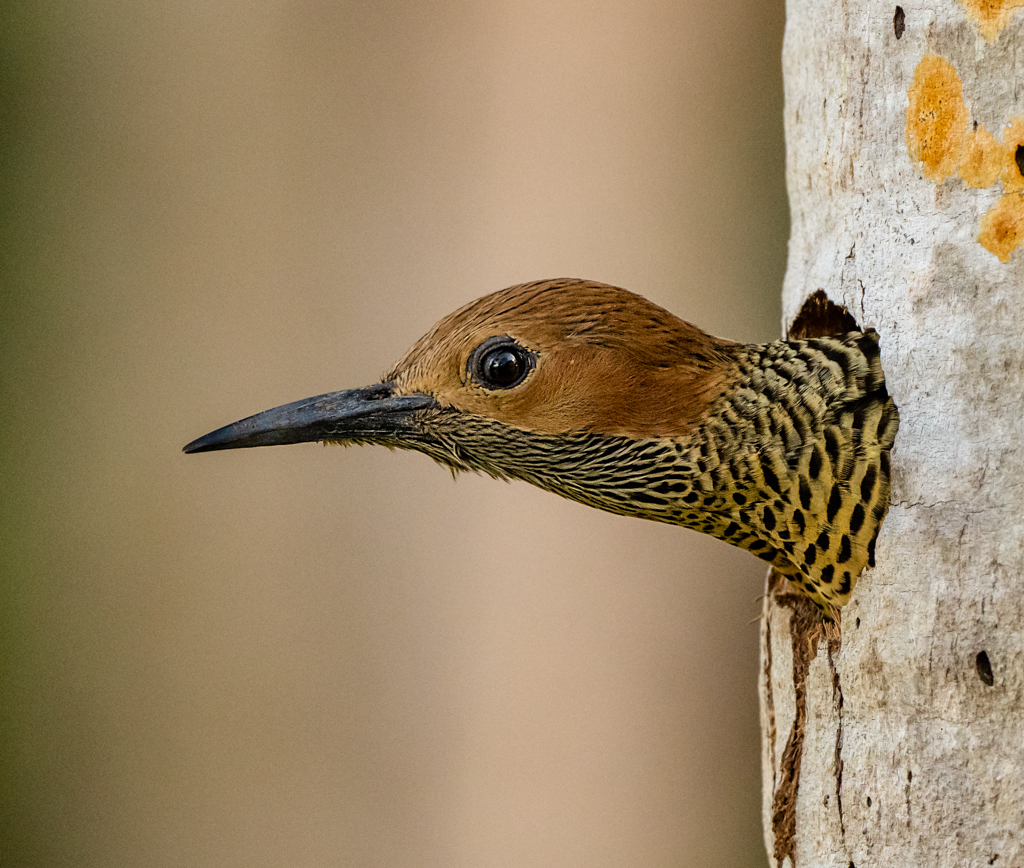Zapata Peninsula – Cuba
About
The Zapata Peninsula or Peninsula de Zapata is located on Cuba’s Southern Coastline, South East of Havana. Most of the Peninsula is covered with vast marshland that is largely uninhabited. It is one of the least populated regions of Cuba. Though, in 1961, Playa Giron was one of the two landing sites in the Bay of Pigs Invasion, which is located on the Zapata Peninsula. Most of the Peninsula is a protected zone through UNESCO. It is safeguarded nationally as the Gran Parque Natural Montemar and Internationally as the Cienaga de Zapata UNESCO Biosphere Reserve. It was established in 2001 in an effort toward conserving biodiversity and natural resources. It spans out to 1745 square miles, though 75% of the peninsula is considered a swamp area. Cienaga translates to Swamp in English, making it Zapata Swamp. The vast swamps, forests, and marshlands of the Zapata Peninsula create a perfect habitat for diverse wildlife species and an excellent location for birding. It is known worldwide as a birdwatching region. Some of the region’s visitors include the world’s smallest bird, the Cuban Bee Hummingbird, to Cuba’s national bird, the Cuban Trogon. It is also home to the Cuban Crocodile. You can see Cuban Crocodiles at the Criadero de Cocodrillos Crocodile farm. The farm played a crucial role in bringing them back from extinction, it was founded in 1962. They focus on conservation and breeding. Owen visited in March 2019 and has photographed over 67 different birds from the Cuban Green Woodpecker, West Indian Woodpecker, Cuban Black Hawk, Yellow-throated Warblers, to hummingbirds like the Cuban Emerald, to many more.
© Michael Schultze

Birds found here
-

La Sagra's Flycatcher
Order
passeriformesFamily
tyrannidaeGenus (Similar Species)
Scientific Name
Myiarchus sagrae
-
Conservation Status
Least Concern
Age
Adult
-
Visual Category
Passerine (Perching) Birds -
Birding Sites and Lodges
Zapata Peninsula - Cuba
BIRD CALLS
La Sagra’s Flycatcher
-
-

Cuban Black Hawk
Order
accipitriformesFamily
accipitridaeGenus (Similar Species)
Scientific Name
Buteogallus gundlachii
-
Conservation Status
Near Threatened
Age
Adult
-
Visual Category
Birds of Prey -
Birding Sites and Lodges
Zapata Peninsula - Cuba
BIRD CALLS
Cuban Black Hawk
-
-

Cuban Emerald
Order
apodiformesFamily
trochilidaeGenus (Similar Species)
Scientific Name
Chlorostilbon ricordii
-
Conservation Status
Least Concern
Gender
Male
Age
Adult
-
Visual Category
Passerine (Perching) Birds -
Birding Sites and Lodges
Zapata Peninsula - Cuba
BIRD CALLS
Cuban Emerald
-
-

Cuban Trogon
Order
trogoniformesFamily
trogonidaeGenus (Similar Species)
Scientific Name
Priotelus temnurus
-
Conservation Status
Least Concern
Age
Adult
-
Visual Category
Passerine (Perching) Birds -
Birding Sites and Lodges
Zapata Peninsula - Cuba
BIRD CALLS
Cuban Trogon
-
-

Fernandina's Flicker
Order
piciformesFamily
picidaeGenus (Similar Species)
Scientific Name
Colaptes fernandinae
-
Conservation Status
Vulnerable
Gender
Female
Age
Adult
-
Visual Category
Passerine (Perching) Birds -
Birding Sites and Lodges
Zapata Peninsula - Cuba
BIRD CALLS
Fernandina’s Flicker
-



